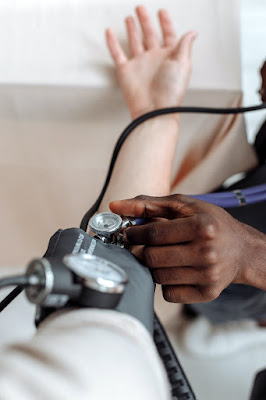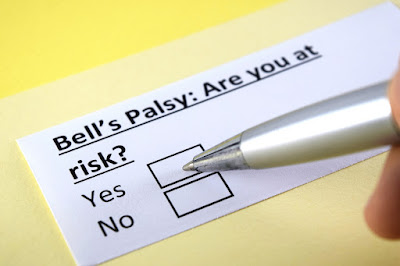Our kidneys perform a vital function. They take care of excreting toxic substances from our bodies and keeping our blood purified. When the kidneys do not function properly, the toxic substances are not excreted. It mixes with the blood, raising blood toxicity levels which can be dangerous.
Dialysis is a treatment that uses a
machine to filter and purify the blood. When
the kidney is weak and cannot function optimally, the dialysis machine can take
over purifying the blood.
How is dialysis done?
There are two types of dialysis:-
Haemodialysis
In this procedure, blood is diverted to
an external machine, where it is filtered and then returned to the body.
Peritoneal dialysis
In this procedure, the dialysis fluid
is pumped into the abdomen's space to draw out waste products from the blood.
Both types are equally effective, but in
the former, you will have to visit the hospital, while the latter can be done
at home. Your doctor will help you figure out which method is better for you.
Also Read: What is the procedure for dialysis?
Tips to ensure a good prognosis
- Take medication regularly
- Follow diet and water restriction
- Take dialysis as
many times as prescribed
With
the proper care and support, you should be able to manage kidney disease with
dialysis till you can get a transplant done.
If
you are looking for a good nephrologist, you can look for one by searching online for “nephrologist
near me”. Type “nephrologist near me” into your search engine and you will find
a good one.
Best Nephrologist in Chennai| Best Nephrologist in Trichy | Best Nephrologist in Salem | Best Nephrologist in Hosur







